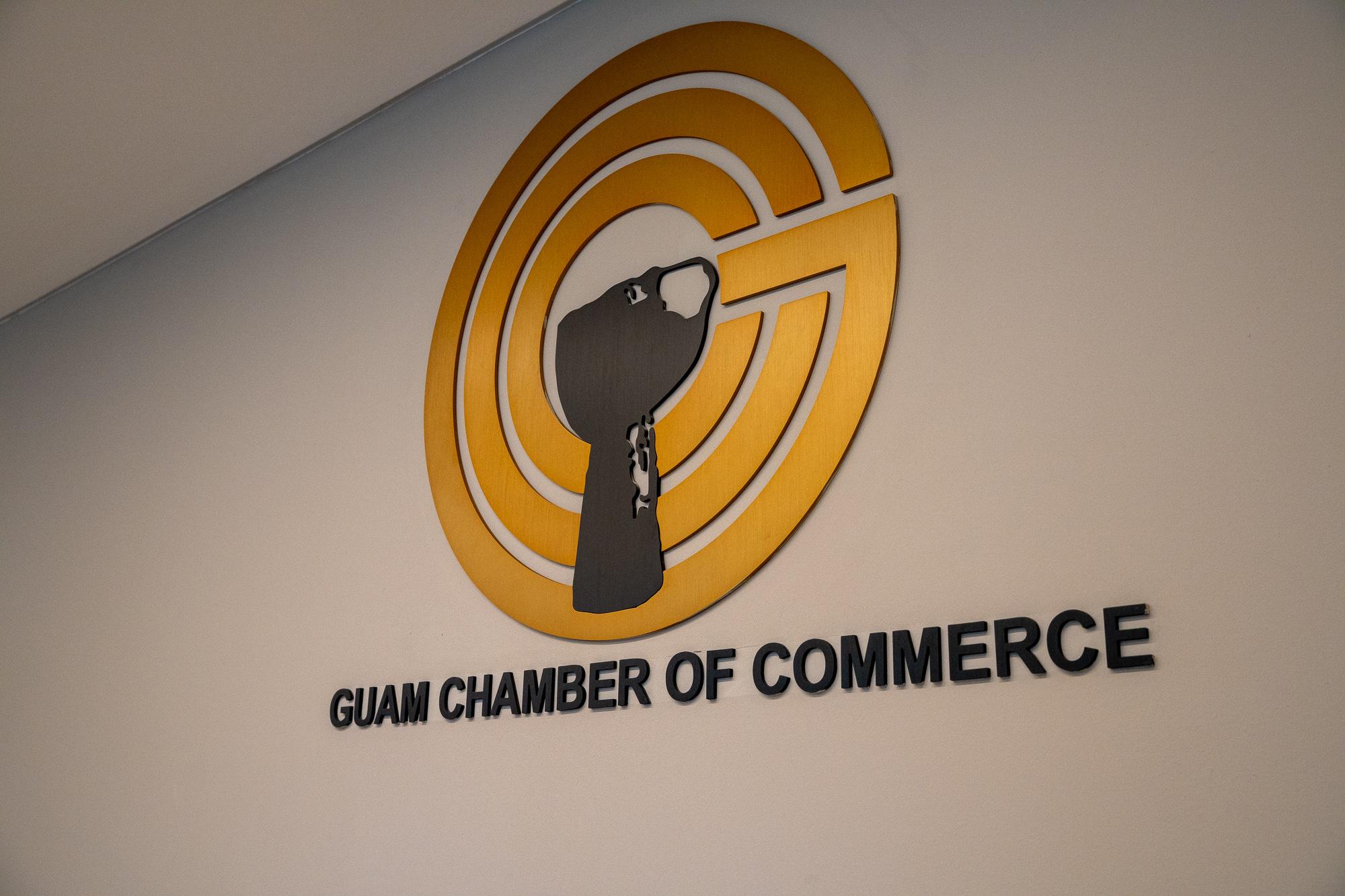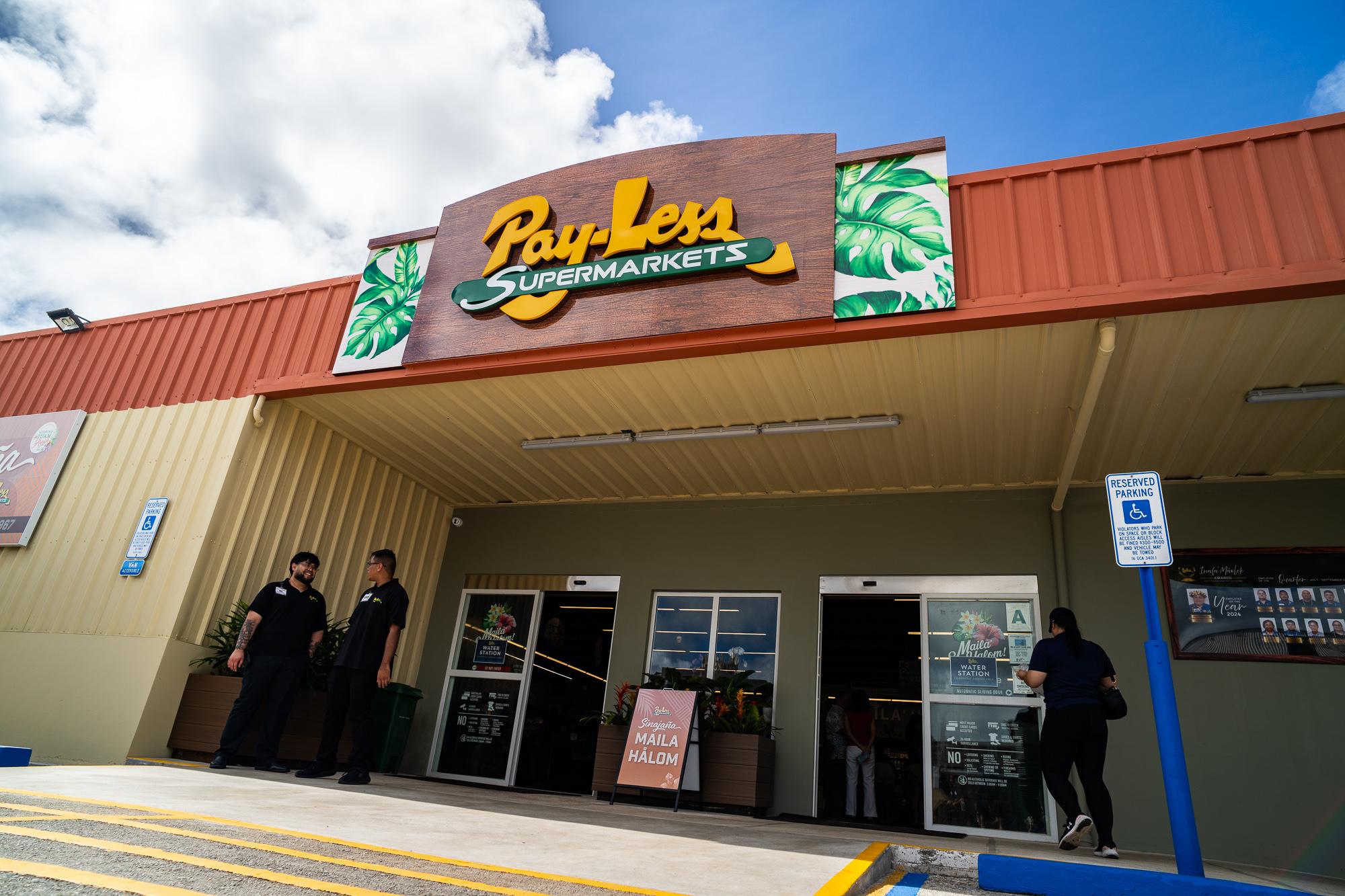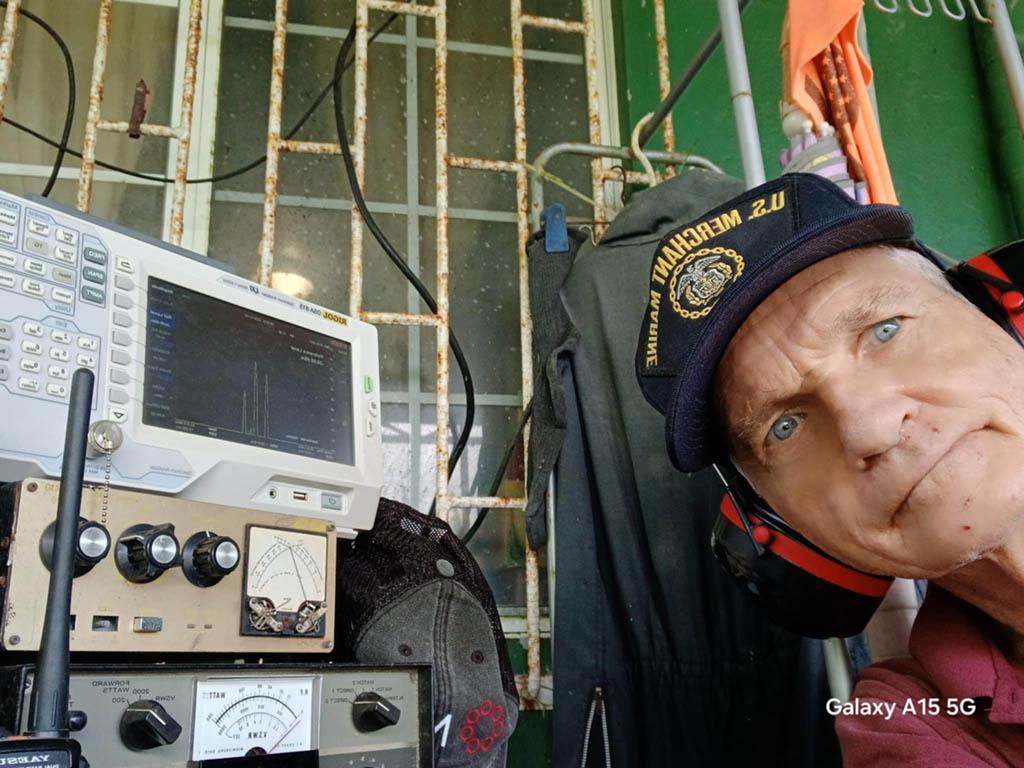In the changing landscape for businesses, the Northern Mariana Islands has good news for small businesses that have been able to keep their doors open in a challenged economy.
In Guam, yet another challenge presents itself.
Following the news that credit card payments to the Treasury of Guam will attract fees of between 1.5% and 3%, the Journal has confirmed fees will also apply to the popular online credit card payments.
Marie Lizama, director of the Department of Revenue and Taxation, responded to the Journal’s query on Sept. 13 confirming that credit card fees will be passed on to individuals who carry out transactions online.

Both large and small businesses, and individual payers are now expected to pay by check, likely generating a return to long lines at the department.
Guam BPT payments are due by the 20th of each month, with September the last month that payments can be made online before attracting fees.
What the percentage of fees will be will depend on what the Government of Guam negotiates, so the rate is yet to be confirmed.
Signed into law on Sept. 11, the $1.3 billion fiscal 2025 budget lacks any appropriation by the Legislature of Guam for credit card fees, despite the administration’s request that about $4.7 million be included. Fees paid to the Treasury of Guam for credit card fees have been waived for years, and have most recently been paid for by the administration out of American Rescue Plan funding, which will cease at the end of fiscal 2024 on Sept. 30.
Meanwhile in the Northern Mariana Islands, the Commonwealth Economic Development Authority announced Sept. 13 that $57 million is available for the NMI’s State Small Business Credit Initiative, funded by the U.S. Treasury.
These programs enable the state or territory to act as a lender, in partnership with a financial institution lender, to provide small business loans at accessible terms. Bank of Guam will serve as a partner for the loans, a release said, as previously.
“With three tranches of funding, the first amounting to nearly $19 million, the program requires that 80% of the initial tranche be disbursed before additional funds are released,” CEDA said.
In more good news for the NMI, according to a Sept. 14 release from the Office of Gregorio “Kilili” Camacho Sablan, the NMI’s delegate to Congress, the NMI’s Division of Agriculture will receive $139,701.24 through the Micro-Grants for Food Security Program, “which is to increase the quantity and quality of locally grown food through small scale farming, herding, and livestock operations in communities that have significant levels of food insecurity and import a significant quantity of food,” the U.S. Department of Agriculture said on its site. This is the fourth year the NMI has received the funds.
The Guam Department of Agriculture will receive the same amount, according to the USDA site.
And for fiscal news for the administrations, it’s also a mixed bag.
The U.S. Department of the Interior’s Office of Insular Affairs announced Sept. 12 it had transferred $76.4 million to Guam in fiscal 2025 Section 30 advance payments.
Through the Organic Act, Section 30 funds are income tax and related revenues paid by active-duty military and retirees given to the Treasury of Guam. According to Journal files, Section 30 funds have been between $70 million and $75 million. mbj
Mariana Islands financial news is a mixed picture
Recommended Articles...

Nominations open for the 2025 Reina A. Leddy Guam Young Professional of the Year Award
The Guam Chamber of Commerce’s Guam Young Professionals announced that nominations are now open for the 2025 Reina A. Leddy Guam Young Professional of the Year Award.
Read More 
Pay-Less Supermarkets celebrates reopening of refreshed Sinajana store
Pay-Less Supermarkets hosted a grand reopening of its newly renovated Sinajana store on Dec. 6.
Read More 
Open and shut case Economic variations: The Matcha Tokyo opens, Tony Romas reopens; two others close
In Guam’s turbulent economic landscape, a new restaurant opens, and one restaurant is saved from permanent closure. Reflecting the difficulty of the economy, two businesses have closed doors.
Read More 
Amateur radio in Saipan and Guam still has fans using the radio waves
GARAPAN, Saipan and YIGO, Guam — Romeo “Bong” Malasarte and Eddie Williams are among the few remaining enthusiasts of the once-popular hobby of amateur radio on Saipan.
Read More 














